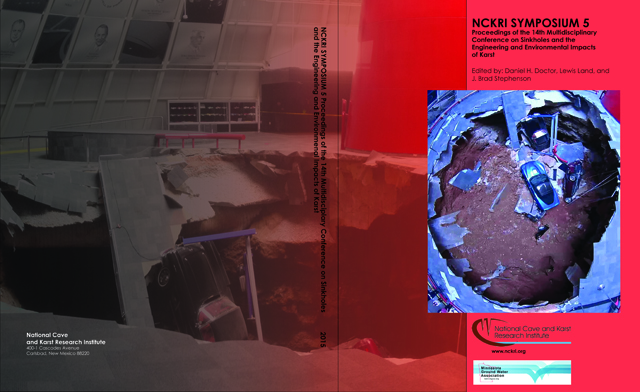Abstract
The Suwannee River Water Management District has collected quarterly discharge and water quality data from 30 1st and 2nd magnitude springs in the Suwannee River Basin since 1998. These data were collected quarterly well into the late 2000s and constitute a valuable database for characterizing spring discharge behavior. Trend and correlation analyses were used to compare the relationships of NO3- + NO2- (nitrate in this paper), specific conductance, and spring discharge. Trends were considered significant if alpha levels of the trend slopes were ≤ 0.05. Data from 50% of the springs show that nitrate concentrations increase as discharge from the spring increases. Forty-five percent of the remaining springs showed no correlation between discharge and nitrate, and only 5% (2 springs with poor data) have relationships where high discharge was related to lower nitrate concentrations. Twenty percent of the springs had positive correlations of specific conductance with discharge, 37% showed no correlation, and 43% had negative correlations between specific conductance and discharge. Most important in terms of understanding the plumbing of the conduit systems, 40% of the springs had positive correlations between nitrate and specific conductance, 48% showed no correlation, and 12% had negative correlations.
Rights Information
DOI
http://dx.doi.org/10.5038/9780991000951.1091
Included in
Determination of the Relationship of Nitrate to Discharge and Flow Systems in North Florida Springs
The Suwannee River Water Management District has collected quarterly discharge and water quality data from 30 1st and 2nd magnitude springs in the Suwannee River Basin since 1998. These data were collected quarterly well into the late 2000s and constitute a valuable database for characterizing spring discharge behavior. Trend and correlation analyses were used to compare the relationships of NO3- + NO2- (nitrate in this paper), specific conductance, and spring discharge. Trends were considered significant if alpha levels of the trend slopes were ≤ 0.05. Data from 50% of the springs show that nitrate concentrations increase as discharge from the spring increases. Forty-five percent of the remaining springs showed no correlation between discharge and nitrate, and only 5% (2 springs with poor data) have relationships where high discharge was related to lower nitrate concentrations. Twenty percent of the springs had positive correlations of specific conductance with discharge, 37% showed no correlation, and 43% had negative correlations between specific conductance and discharge. Most important in terms of understanding the plumbing of the conduit systems, 40% of the springs had positive correlations between nitrate and specific conductance, 48% showed no correlation, and 12% had negative correlations.

